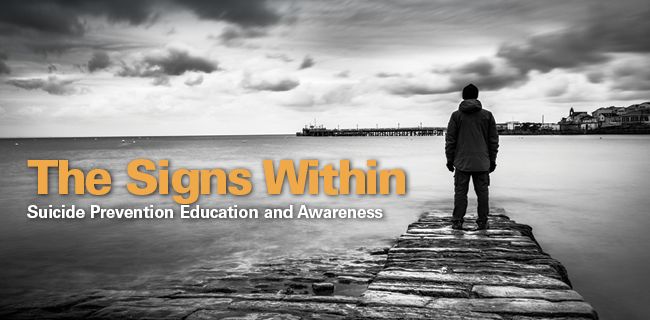Contact Us
To provide feedback on the Community Policing Dispatch, e-mail the editorial board at CPDispatch@usdoj.gov.
To obtain details on COPS Office programs, publications, and resources, contact the COPS Office Response Center at 800-421-6770 or AskCopsRC@usdoj.gov

U.S. Department of Justice
Office of Community Oriented Policing Services
Washington, DC 20530

Making it Safer: An Analysis of U.S. Law Enforcement Fatalities (2010-2016) by the National Law Enforcement Officers Memorial Fund in partnership with the COPS Office provides the most up-to-date analysis of fatality trends in law enforcement as it relates to officers responding to calls for service and conducting self-initiated activities. This report delivers an analysis of ambush deaths over a seven-year period, offers statistical details on the use of soft body armor and seatbelts and provides insight into the historic and ongoing problem of Police-on-Police shootings. Making it Safer will increase awareness of the dangers posed by certain types of incidents and provide insight into the commonalities among law enforcement fatalities to enact change, alter training and reduce the number of fatalities in the profession.

Law enforcement officers respond to danger and witness tragedy on a routine basis, which can make them vulnerable to a high level of emotional distress, even suicide. But though there is no clear data on the number of officer suicides that occur each year, it is a growing concern within the law enforcement community, which is increasingly interested in addressing it through mental health programs. This document, authored by the International Association of Chiefs of Police, Center for Officer Safety and Wellness, describes a variety of suicide prevention and awareness training programs, refutes some common myths, and provides concepts, resources, and promising practices for law enforcement executives. It also discusses strategies such as peer counseling, mentoring, employee assistance programs, and the use of staff psychologists. In addition, readers will find a checklist, which managerial staff can use to identify signs of stress. Officer suicide is a preventable tragedy, one which can be addressed through training, awareness, and mental health resources. This publication is an excellent place to start.
Subscribe to Email Updates
To sign up for monthly updates or to access your subscriber preferences, please enter your email address in the Subscribe box.






